
Cerithium is a genus of small to medium-sized sea snails, marine gastropod molluscs in the family Cerithiidae, the ceriths.

Ataxocerithium is a genus of sea snails, marine gastropod molluscs in the family Newtoniellidae.

Bittium is a genus of very small sea snails, marine gastropod molluscs in the family Cerithiidae, the horn snails.
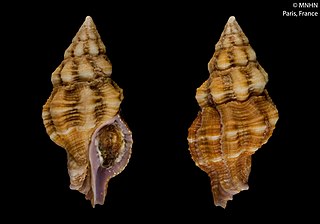
Latirus is a genus of sea snails, marine gastropod molluscs in the family Fasciolariidae, the spindle snails, the tulip snails and their allies.
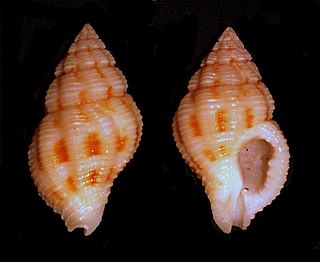
Peristernia is a genus of sea snails, marine gastropod mollusks in the subfamily Peristerniinae of the family Fasciolariidae, the spindle snails, the tulip snails and their allies.
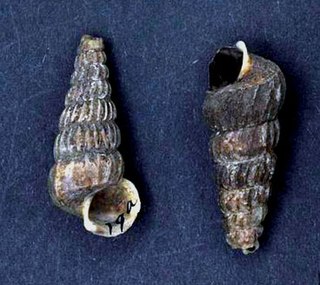
Cerithidea balteata is a species of snail, a brackish-water gastropod mollusk in the family Potamididae.

Cerithium caeruleum, the Cerith sand snail, is a species of sea snail, a marine gastropod mollusk in the family Cerithiidae. Cerithium caeruleum, also be called Cerithium caeruleum G.B. Sowerby II, 1855 generally can be found in large populations on intertidal rocky shores and are covered by a thin layer of sediments. They have large and solid shells, and their radula ribbon robust long about one-fifth the shell length. This species lives in the planktonic stage from 90 to 120 days and has a seven-year life history. This common intertidal species is confined to east Africa, Madagascar, and the Arabian Peninsula and is unlikely to be confused with any other Cerithium species. It is distinguished by its squat, knobby shape; and as indicated by its name, caeruleum, a grayish blue color with spiral rows of black tubercles.
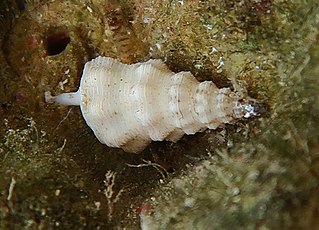
Cerithium citrinum is a species of sea snail, a marine gastropod mollusk in the family Cerithiidae.
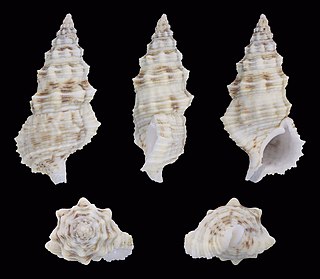
Cerithium columna is a species of sea snail, a marine gastropod mollusk in the family Cerithiidae.
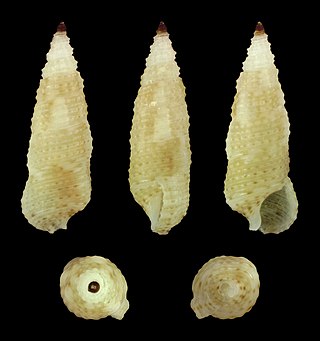
Cerithium interstriatum is a species of sea snail, a marine gastropod mollusk in the family Cerithiidae.

Cerithium novaehollandiae is a species of sea snail, a marine gastropod mollusk in the family Cerithiidae.

Cerithium rostratum is a species of sea snail, a marine gastropod mollusk in the family Cerithiidae.
Cerithium salebrosum is a species of sea snail, a marine gastropod mollusk in the family Cerithiidae.
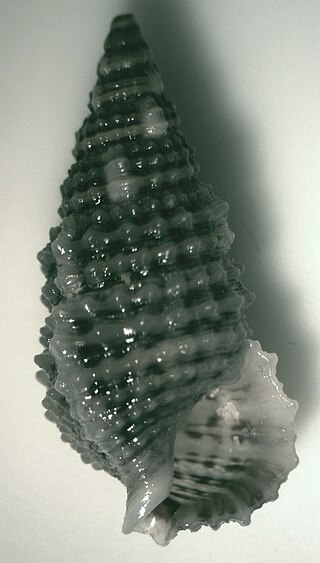
Cerithium tenellum is a species of sea snail, a marine gastropod mollusk in the family Cerithiidae.
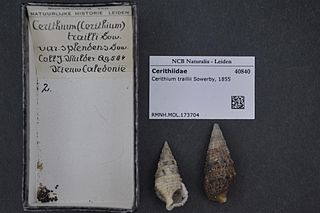
Cerithium traillii is a species of sea snail, a marine gastropod mollusk in the family Cerithiidae.

Cerithium zebrum is a species of sea snail, a marine gastropod mollusk in the family Cerithiidae. Cerithium zebrum is also commonly named zebra horn.
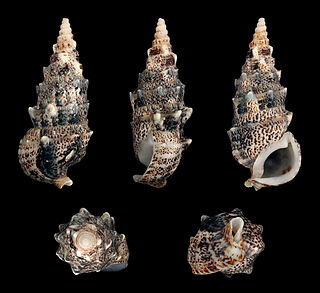
Pseudovertagus aluco, common name aluco vertagus or Cuming's cerith, is a species of sea snail, a marine gastropod mollusk in the family Cerithiidae, the ceriths.

Clypeomorus is a genus of sea snails, marine gastropod mollusks in the subfamily Cerithiinae of the family Cerithiidae.

Colina is a genus of sea snails, marine gastropod mollusks in the family Cerithiidae.

Macroschisma, common name the narrow slot limpets, is a genus of sea snails, marine gastropod mollusks in the family Fissurellidae, the keyhole limpets and slit limpets.


















